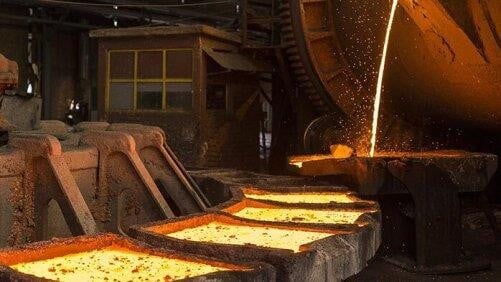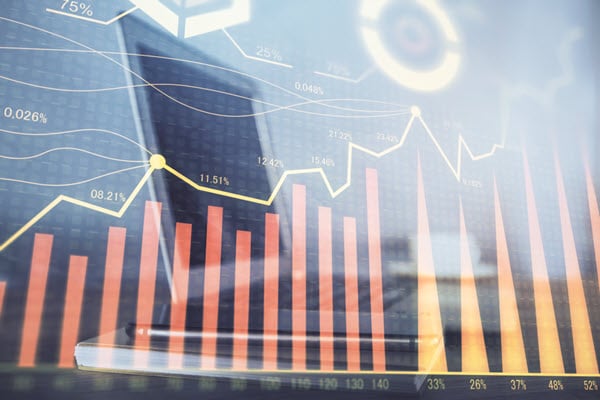Donald Trump has won the US presidential election. The Republican party has re-taken control of the Senate. Votes are still being counted in many tight congressional races, but based on results so far, the Republicans seem likely to maintain control of the House of Representatives. If confirmed, this will give Trump considerable scope to pass legislation pursuing his agenda.
What this means for US policy is not immediately obvious. Trump will not be inaugurated until 20 January. In the coming weeks and months, he will begin to assemble his cabinet, which may give a clearer signal on his policy priorities and approaches. Based on statements he made during the presidential campaign, we have set out the likely direction of his economic policy here, and green policy in our Sustainability and Emissions Service here.
In summary:
- It is likely that tariffs on imports into the US, particularly on Chinese goods, will increase, potentially extending to imports from US allies as well. If retaliation leads to a broad, multi-lateral trade war, this could be seriously negative for the world economy, and for commodity demand in particular.
- Tax cuts in the US are likely. This will push up interest rates, and together with higher tariffs, and greater geopolitical uncertainty in the short term, push up the dollar. This is negative for commodities.
- Federal support for decarbonisation of the US economy will be reduced, but not eliminated. As the IRA has led to large investments in Republican-leaning states, we do not expect it to be repealed wholesale. However, part of it will probably be cut back, and/or given even stronger trade restrictions. EV subsidies look particularly vulnerable. This is negative for metals demand, particularly battery metals and copper. Our Battery Value Chain service will be closely monitoring developments in this area.
Dollar rises and US yields rise, copper falls
For reasons set out above, a Trump presidency is likely to be positive for the US dollar, at least initially. Reflecting this, the dollar has risen against most other currencies. It is currently up around 1–1.5% against most G10 currencies.
US bond yields have risen (as indicated by futures markets), reflecting the market view that the combination of tax cuts, higher tariffs and potential deportations will boost US inflation pressures. Market reactions broadly were less dramatic than those in response to Trump’s 2016 victory, as a high probability of him winning had already been priced in.
Copper prices are down moderately, around 1.3% from their levels yesterday evening. This is consistent with our view that a Trump presidency will be negative in net terms for global metal demand. Downside risks to global growth have increased, particularly for Europe and China – although this creates both upside and downside risks for US growth in the short-term. However, all of this will depend on the nature of the second Trump presidency, which will only become clear over time.
The policy response from other countries will also be important. China delayed the announcement of its fiscal policy until after the election. We expect the policy package will now go beyond consolidating local government debt, and will provide increased spending to stimulate demand and offset the negative effects of potential US tariffs. In the short term, this may boost the iron ore price.
We will be monitoring developments closely, and will publish more detailed analysis as we learn more about the likely direction of US policy, what this means for the world economy and commodity markets.
















